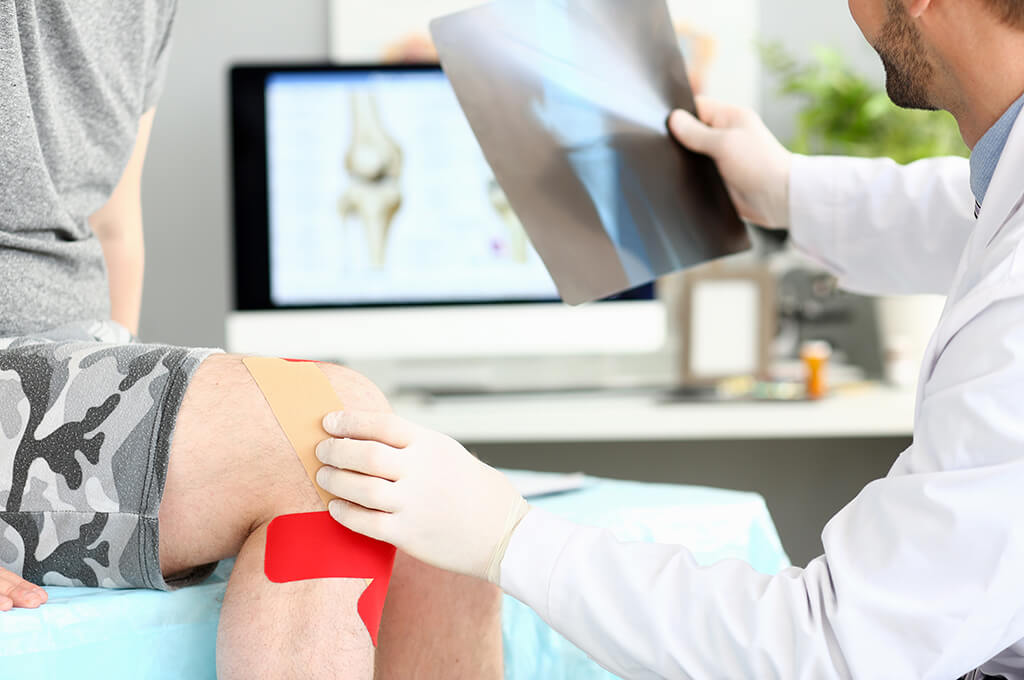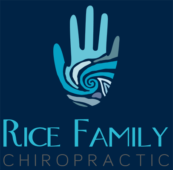Why we shrink with age, and how to prevent it

Why we shrink with age, and how to prevent it
Did you ever wonder why it is that many of our aging parents and grandparents appear to get a little shorter with each passing year?
The fact is, 80% of the population do shrink a little with age. The other 20% doesn’t noticeably shrink—the result of a combination of healthy living and the genes we’re born with.
People typically start to shed inches around the age of thirty. Research has found that men and women shrink at different rates. Men lose an average of 1.2 inches from the age of thirty to the age of seventy. In the next ten years, they may lose another 0.8 of an inch, for a total of two inches over fifty years.
In contrast, women lose two inches by the time they reach seventy, and drop another inch by the time they reach eighty (for a total of three inches). If your mother was a diminutive 5 foot 3 inches at 30, by the time she reaches eighty she may have trouble seeing over the steering wheel of her Lincoln Continental.
Shrinking is a actually a normal aspect of the aging process. In fact, our height actually varies by up to three quarters of an inch each day! Our vertebral discs are composed of about 88% water. These discs exist to cushion the vertebrae and the spine. Throughout each day, the water is slowly squeezed from the discs as we carry out our normal activity. When we lie down and remove the pressure from the discs, which most people do for between six and eight hours each night, the water is reabsorbed like a kitchen sponge being released from your grip. That is why, if you measure your height, you’re likely to be a little taller in the morning than you are in the evening.
One of the reasons we shrink with age is because this hydration process the vertebrae undergo as we rest in a lying position may become interrupted, lessening their pliability and causing them to stiffen.
At the same time, many people experience degeneration of the bones, which will further lead to the collapse of the vertebrae. The unfortunate result is called Dowager’s Hump (DH), which for many people leads to pain in the neck and lower neck regions of the spine. It also results in further shrinking, sometimes by inches.
While this all sounds unsettling if not downright frightening there is much you can do to slow or prevent these processes. Genetics aside, lifestyle choices play a major role in shrinking. People who smoke, are obese, have diabetes, don’t exercise and who drink excessively are more prone to losing significant height with age.
Shrinking can also be an indicator of serious illness, particularly in men. It’s quite normal to lose up to one third of an inch every ten years after the age of 40. However, rapid height loss around this time of life—particularly after the age of 45—may also be an indication of illness such as heart disease, or an increased likelihood of injury to the hip or spine.
One report in the Journal of Bone and Mineral Research found that men who lose two or more inches within two years after age 70 have a 54% greater risk of a hip fracture, and women have a 21% greater risk.
Still another study published in the Archives of Internal Medicine found that men who had shrunk 1.2 inches or more over a 20-year span had a 46% greater likelihood of heart disease and were 64% more likely to die from any cause.
The findings of these studies are perhaps not all that surprising given that illness such as heart disease and fractures to the hips, in addition to shrinking, all tend to take place at a greater rate later in life for both men and women.
Moreover, throughout our lives, the best way to help preserve your height is to eat a balanced diet that is rich in calcium and vitamin D, and to get plenty of exercise, particularly weight-bearing exercise—including walking and running—all of which will help to keep your bones strong. As chiropractors, we try to help those we treat understand that a vital part of maintaining normal spinal function, including its height, is by making healthy lifestyle decisions around nutrition, exercise and wellness. Additionally, chiropractic care is an increasingly popular and effective treatment for back ailments such as pain, neck pain and headaches—without the need for drugs or surgery.
To find out more about your bone health and other aspects of your back health, call us to set up an appointment at Rice Family Chiropractic, located in Langley, BC, near the Langley Bypass.

















